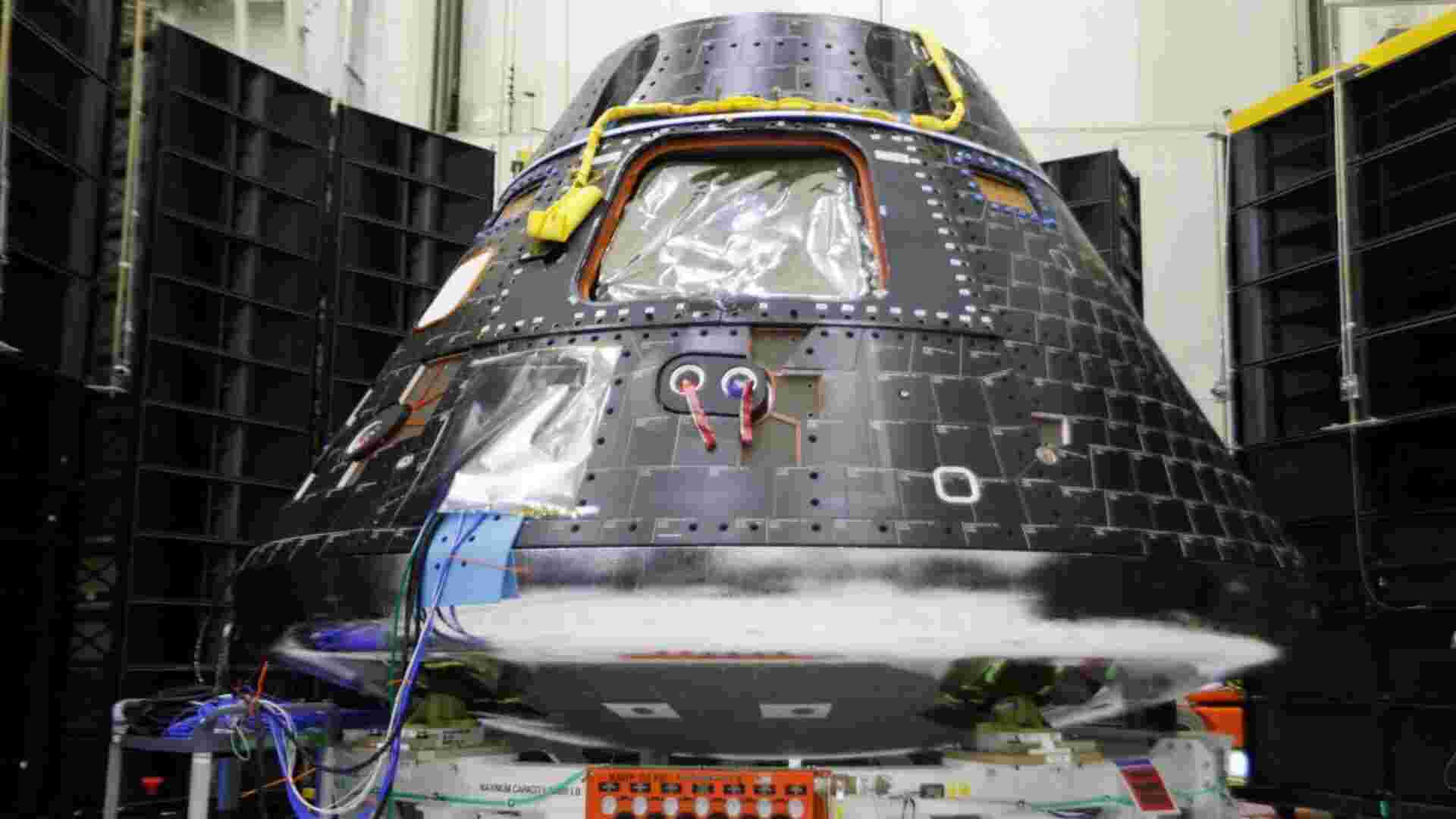NASA announced another delay for its Artemis II mission to the Moon, which is now scheduled for April 2026. This marks the second delay for the Artemis program this year; the Artemis III, which will land astronauts on the lunar surface, is now scheduled for mid-2027. The delays reflect the difficulties of preparing for human space exploration at this scale, especially as NASA refines its technology.
Orion Spacecraft’s Problem with Heat Shield
A significant contributor to the delay was the heat shield of the Orion spacecraft, which has proven to be a cause for concern during the uncrewed Artemis I test flight. During the intense heat of entry into Earth’s atmosphere, the heat shield displayed unforeseen wear. Despite this, the data has verified that the internal temperatures inside the capsule will be well within safety limits for human occupation, and NASA is making time to ensure the best safety standards for the next crewed missions.
Crew for Artemis II
The Artemis II will carry a four-member crew around the Moon. The mission will be headed by Reid Wiseman. Other crew members include NASA astronauts Victor Glover and Christina Koch and Jeremy Hansen from the Canadian Space Agency. The ten-day mission will help gather critical data on the Orion capsule’s systems.
These would not land on the moon, but this mission prepares a precursor to Artemis III with which humanity hopes to land astronauts to the south pole of the moon. This region is great scientific interest due to potentially frozen water that could feed some or even lunar bases for potential human missions.
Preparing to travel into Space
Though frustrating, NASA emphasizes the need for extensive testing and planning. Artemis II is crucial not only for sending humans back to the Moon but also for future missions to Mars. The longer timeline allows NASA to perfect its systems and ensure astronaut safety.
The Artemis program, although now slow, will continue to form a core of NASA’s vision regarding sustained human exploration beyond Earth; it is an exciting notion for the next era in space exploration.























